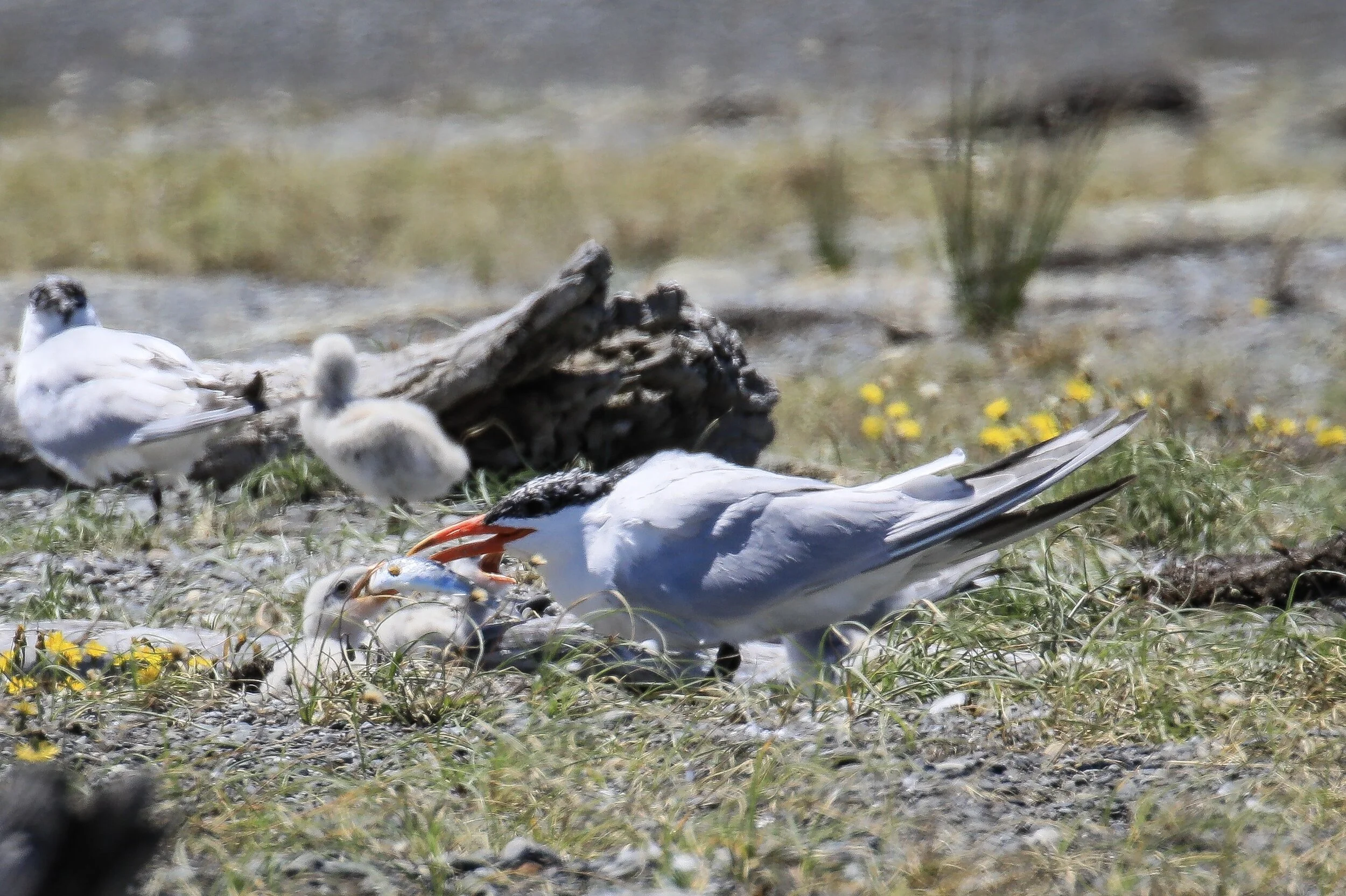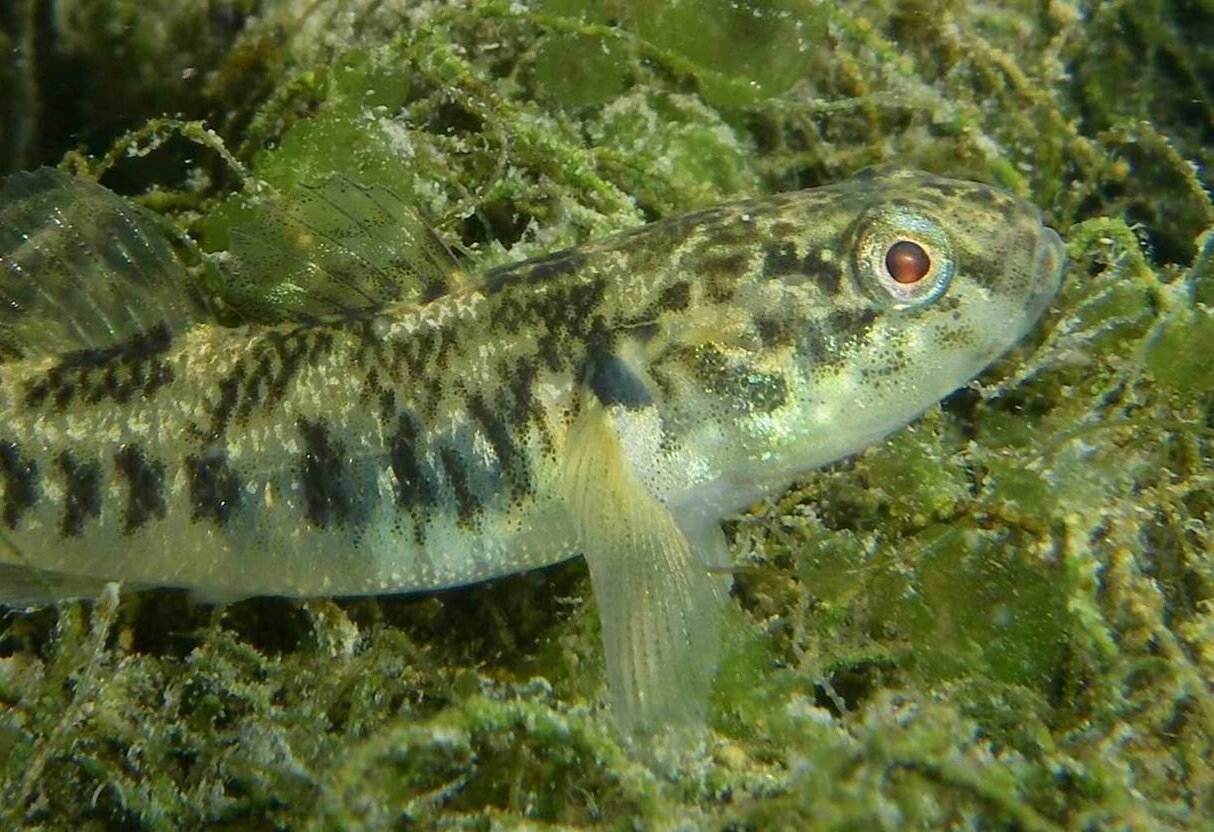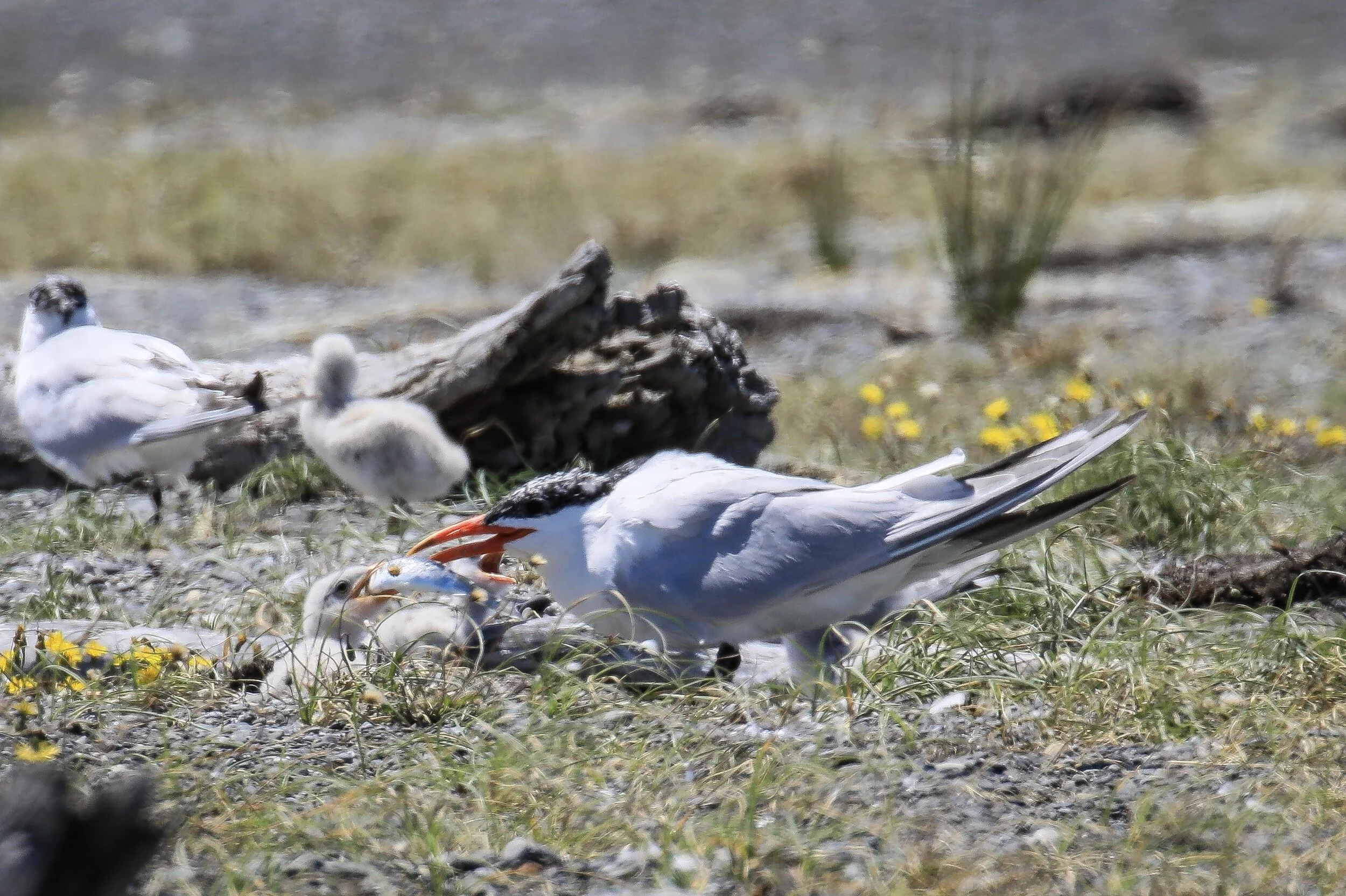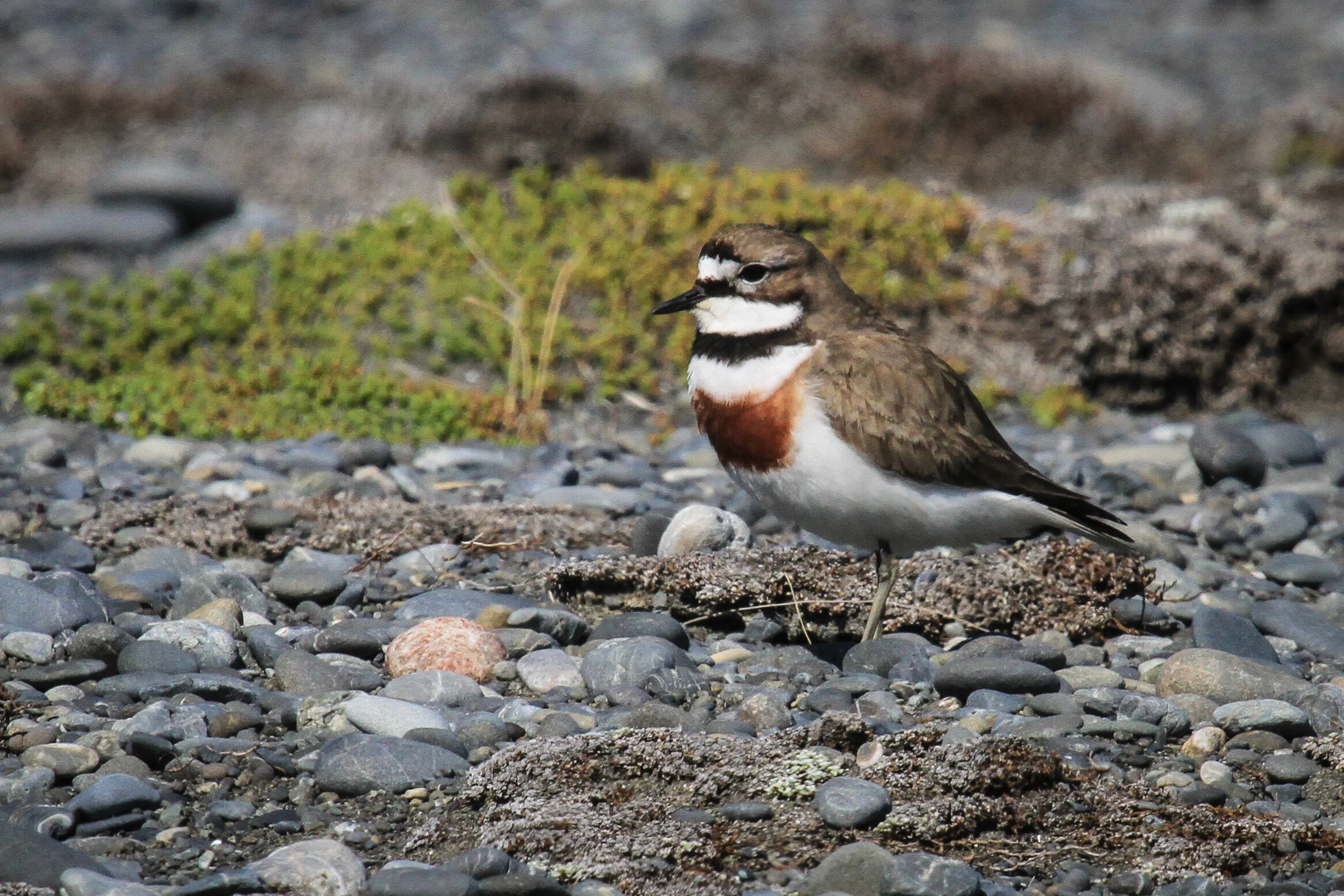Ōnoke Spit is a four-kilometre long stretch of sand infamous for its wild, windy weather. Coupled with the dramatic scenery this makes for an exhilarating visitor experience!
Named Ōnoke because of the worms found there, it was a significant gathering place of local hapū that were dependant on tuna (eels) for food and their economy. Huge numbers of tuna would gather at the lake mouth between January and April, during the heke tuna (eel migration to the ocean to breed). Around this time Ōnoke Spit would naturally extend to block off the opening to the sea, and the water would back up causing the lake levels to rise. This was known as Hinurangi.
According to legend, Rakai Uru, a totara log that was the kaitiaki (guardian) of the lake was responsible for this seasonal closing. When the tuna migration was approaching he travelled out to sea, and the mouth of the lake closed behind him.
Just west of Lake Ōnoke is Kiriwai lagoon, a small dune wetland and the site of an early Māori fishing village. Kiriwai is the name of one of the waka belonging to Kahungunu. When Chiefs arrived at South Wairarapa, they gave the waka to Rangitāne in exchange for lands on which to settle.
Getting here
Ōnoke Spit and Kiriwai Lagoon are 40 kilometres from Featherston and are best accessed from the Western side of the lake. There isn’t a formal car park here, so it’s not suitable for motorhomes or buses. Occasionally, when the mouth of Ōnoke Spit is closed, access to Ōnoke Spit might not be possible due to high water levels.









